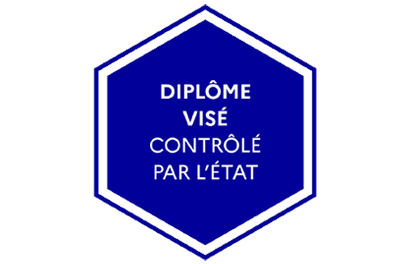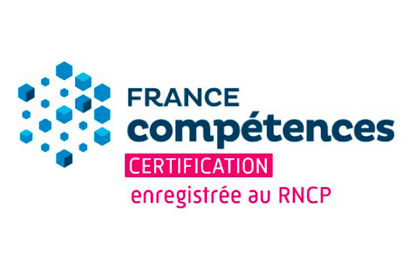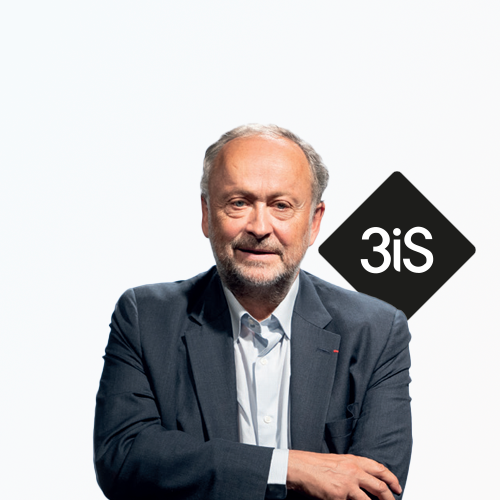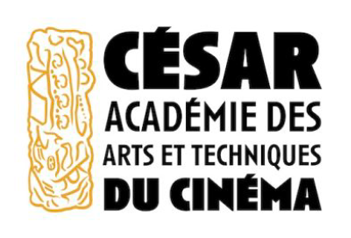Home


2
GRADUATE DEGREES IN IMAGE AND SOUND TECHNIQUE
accredited by the French Gouvernment
9
RNC CERTIFIED TITLES
French National Register of Vocational Qualifications
1 000
LECTURERS & GUEST SPEAKERS
40
MASTERCLASSES
and workshops per year
140
PEDAGOGICAL
partnerships
+200
FESTIVAL SELECTIONS
1800
BUSINESS
partners
90 %
More than 90% of our students find employment upon graduation
7
FIELDS OF STUDIES
Cinema & Audiovisual
Sound & Music
Video games
2D & 3D animation
Acting
Performing Arts
Audiovisual & digital communication
38
YEARS
of pedagogical expertise
5
CAMPUSES
Paris, Bordeaux, Lyon, Nantes, Avignon
2700
STUDENTS
50
NATIONALITIES
700
PRODUCTIONS PER YEAR
800 k€
OF TECHNICAL EQUIPMENT AND INFRASTRUCTURE
investment annually
30 000 m2
DEDICATED EDUCATIONAL SPACES
To you who seek more than a diploma — who seek a path, a voice.
Here, you are never just a number. You are a talent in the making, an energy waiting to unfold. At 3iS, we believe the future is forged at the meeting point of passion and excellence. That creative and technical careers are not distant dreams, but solid, achievable journeys.
We believe in work done with care, in meaningful projects, in encounters that leave a mark. We believe growth comes from daring: to try, to fail, to rise again.
You arrive as you are. But you won’t stay as you are. You will learn, practice, stumble, and grow. Above all, you will become a recognized professional — for yourself, for others, for tomorrow.

Jean-Claude Walter
President of 3iS


More than 50 nationalities are represented on our campuses, enrolled in programs taught in French or in English.
Our programs are designed in accordance with the ECTS (European Credit Transfer System) standard, making it easier to understand andtransfer courses with international schools and universities.
3iS obtained its membership to the Erasmus+ program for the period 2021-2027 and the ECHE (Erasmus Charter for Higher Education).
3iS students of all nationalities from all our campuses can apply for Erasmus+ grants to take on an internship in another European country, and when eligible, they may receive financial aid to facilitate their project in another country.
Our school is also a member of the prestigious International Association of Film and Television Schools (Centre International de Liaison des Ecoles de Cinéma et de Télévision – CILECT), a rich cross-cultural partnership within the international art world representing over 180 institutions from over 60 countries.
3iS is also a member of Campus France (and its network of art schools, CampusArt). Campus France is a public institution responsible for promoting French higher education abroad and
welcoming foreign students and researchers to France and is administered by the Ministry of Foreign Affairs and Higher Education.

